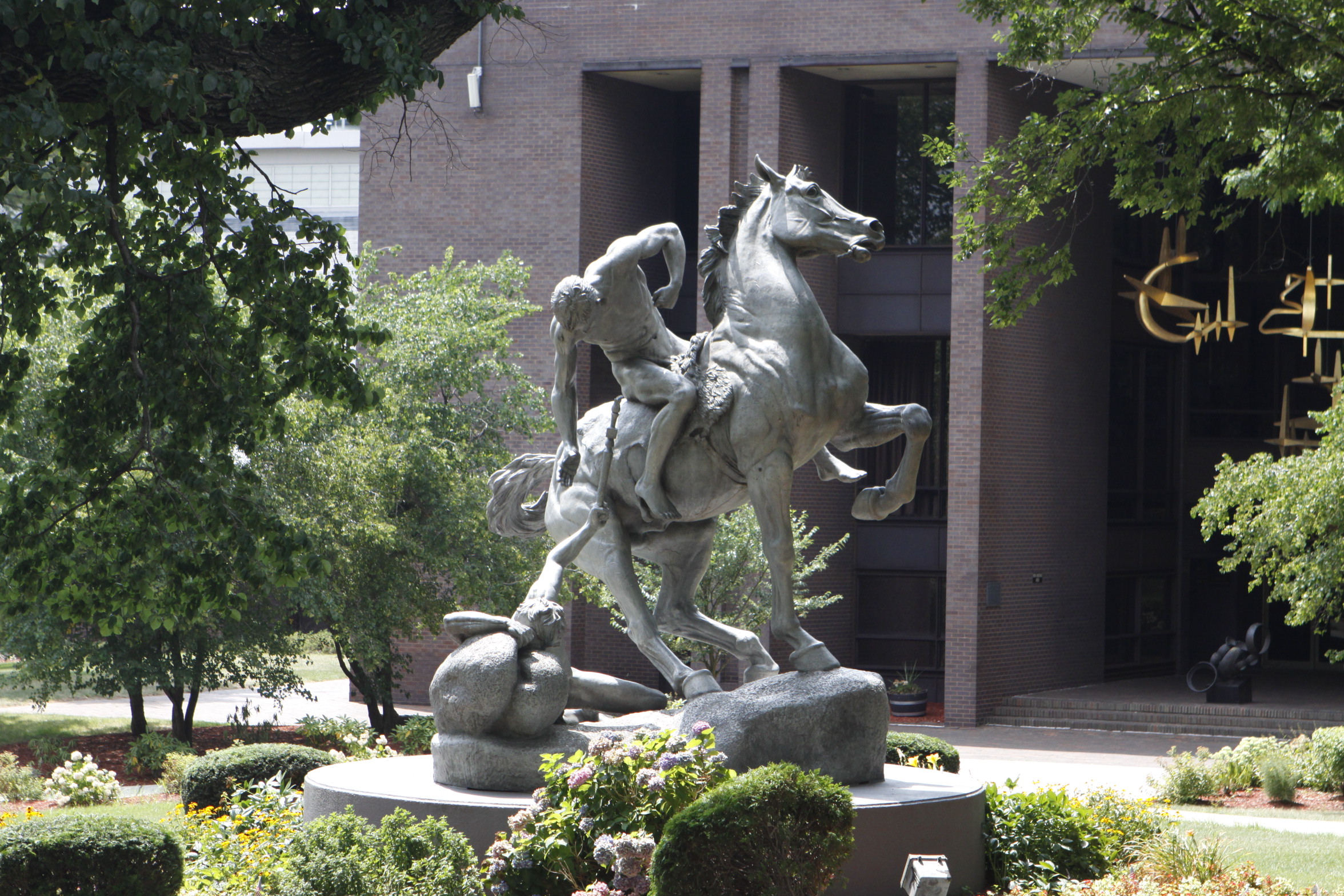Never in a million years did I think that I would be able to learn all about professional wine tasting. As it turns out, one of the clubs that LdM offers is called the Slow Drink Club and luckily enough, I got to club sign up early enough that I was able to snag a spot in this club! The group will be going to four wine tastings throughout the semester; the first happened this past Tuesday.
A group of about fifteen students was escorted to a simple winery in town. We sat down at elegantly decorated tables that already had plates of bruschetta, prosciutto, and salami, along with plenty of bread and extra virgin olive oil. We were warned not to touch the food right off the bat though; otherwise we would be missing out on some of the experience! Before any eating or drinking commenced, we were given a long introduction of the wine production process, as well as the process to produce olive oil. I now know what makes olive oil extra virgin, but will refrain from reciting it here for lack of technical terminology and also so that I’m not boring my readers. It’s more interesting when you hear it from someone who knows the business well!
After learning about the process of making the wine, we were each given a glass of Chianti. With it, we learned the three basic steps in how wine tasting is carried out. First is simple observation; just through this, professional wine tasters are able to determine the approximate age and alcohol content of the wine. The age of the wine is determined by the color. The alcohol content is a bit trickier to observe, but is essentially seen through how the alcohol falls in the glass after swirling it. The second step is smelling the wine. There are a couple of different tricks for how to get the scent to be more poignant, but even getting a simple whiff is enough. The scent of the wine comes from the barrels in which it is stored, and so can have a wide variety of possible aromas. Ours was somewhat fruity, stemming from its storage in French Oak barrels. The final step in the process was tasting the wine – and I mean really tasting it, not just downing the glass. We tasted it on its own and then tried it with the variety of food that had been waiting for us since we got there; the difference was shocking.
It was an incredible experience to be able to learn about the simple, yet complex, experience of wine tasting that is so common in the region of Tuscany, and Italy for that matter. It is in itself an art form that should not be taken for granted. I learned a tremendous amount of information within a one and a half hour session and cannot imagine how much more I will learn about this art form in our next three sessions.

Be First to Comment